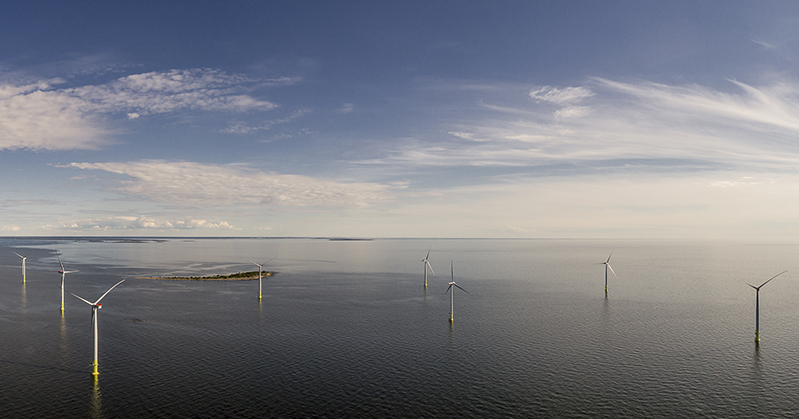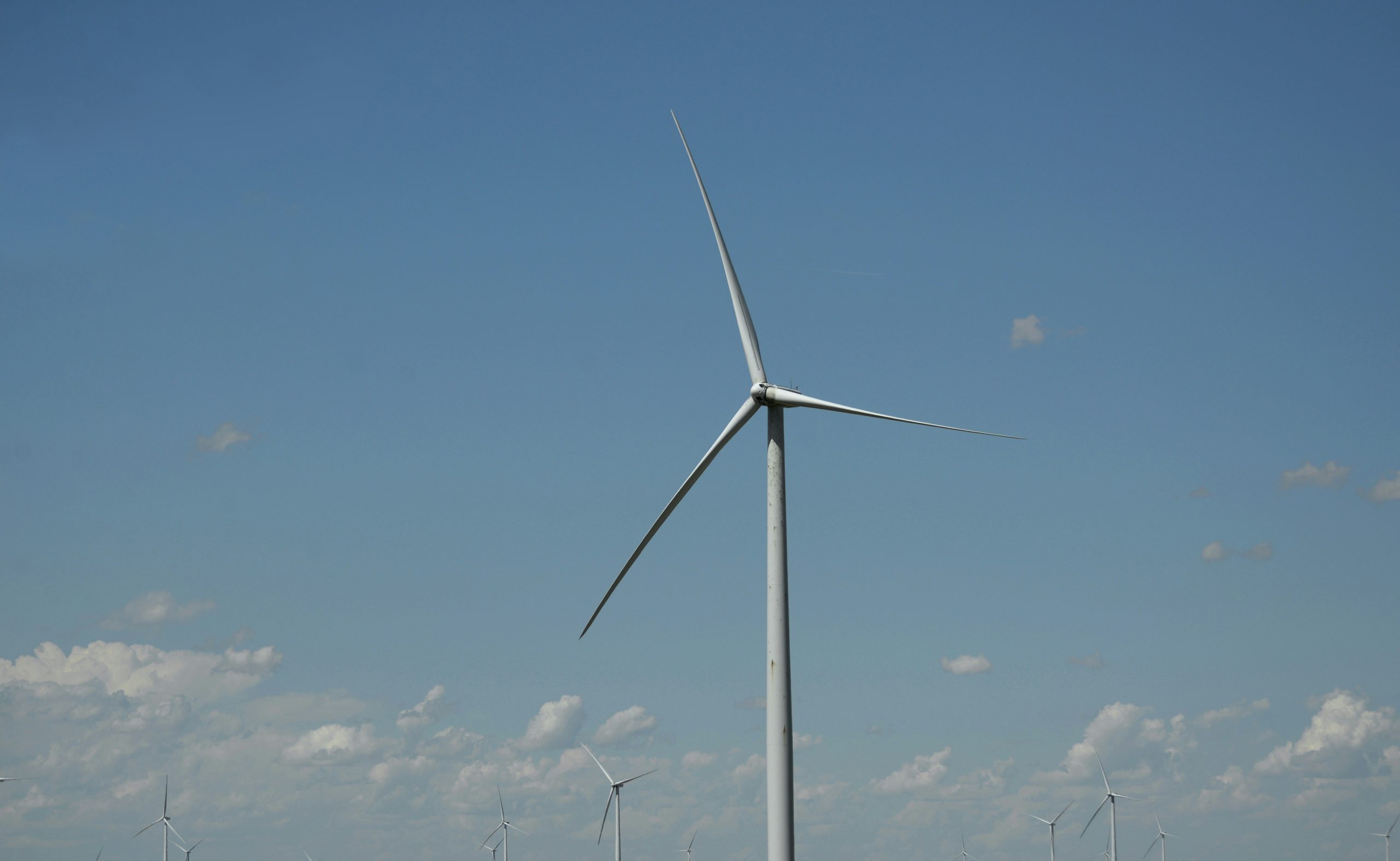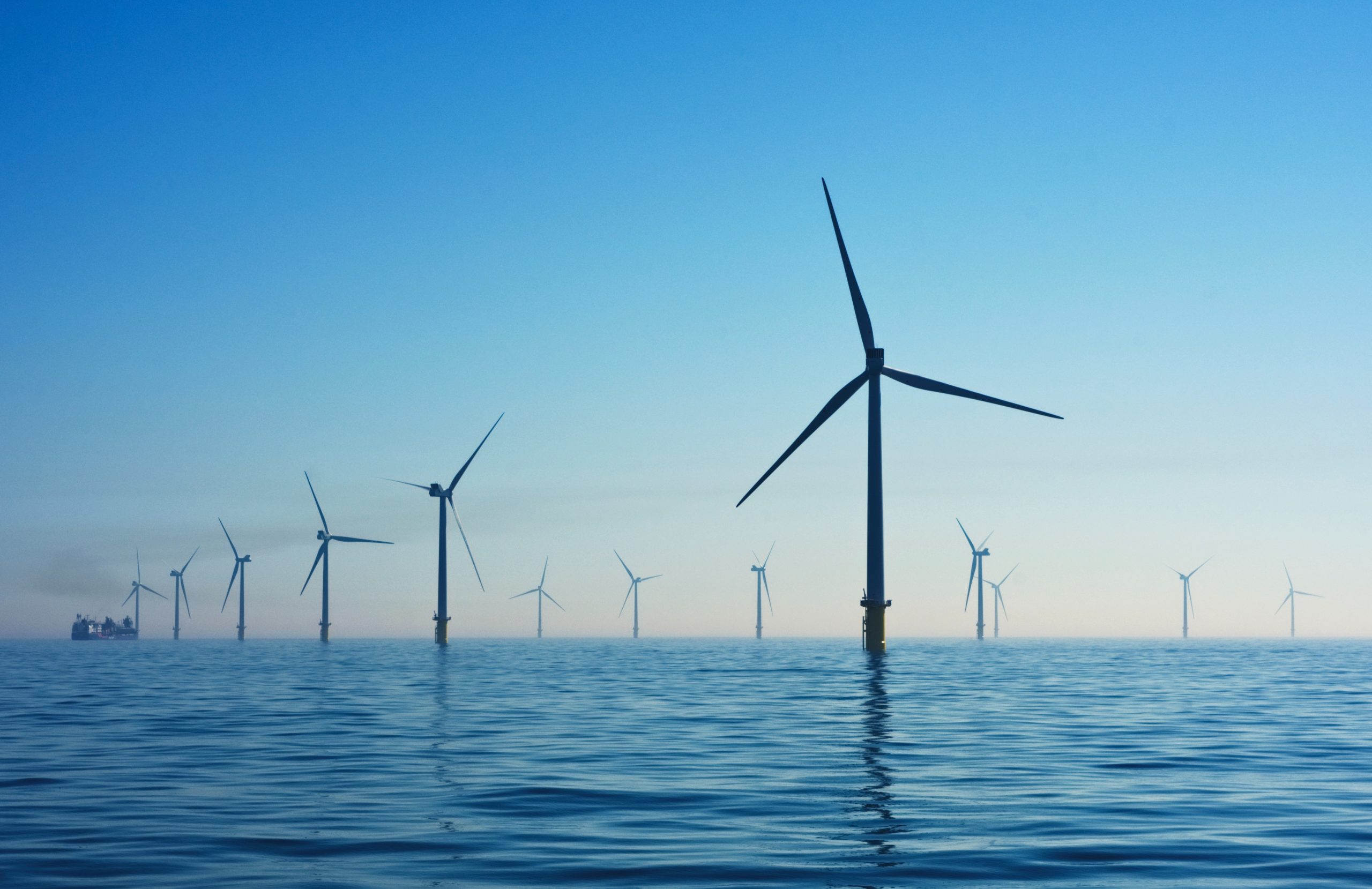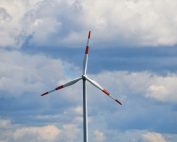The Finnish medium Yle reports that plans to expand the Tahkoluoto offshore wind farm (42 GW) in the waters of the Gulf of Bothnia could harm the environment. This is the result of the Environmental Impact Assessment (EIA) carried out for the extension project.
The Tahkoluoto wind farm has been operating in the waters of the Gulf of Bothnia near Pori since autumn 2017. It produces approximately 155 GWh of electricity per year. This corresponds to the annual electricity consumption of around 8,600 single-family houses. Currently, there are 10 wind turbines with a capacity of 4.2 MW each. The conditions for the production of offshore wind energy are different than in the North Sea, for example, because winter conditions and icing require special technical solutions.
Investor Suomen Hyötytuuli, owned by 8 Finnish energy companies, including Helen, Pori Energia, Tampereen Sähkölaitos and Turku Energia, applied for the extension of the wind farm. An environmental impact assessment for the farm extension was carried out. It turns out that a significant farm extension may have a negative impact on the environment and the recreational use of the environment. The expansion should be limited to only 40 turbines and should in particular take into account the protection tools for the nearby Natura 2000 sites. The new turbines would be much more efficient than the current ones – the height would be 310 meters and the power 11-16 MW.
The Finnish Environment Agency estimates that the main impacts of the turbines will be in the aquatic environment, birds and the landscape. The aquatic environment may degrade during construction due to turbidity and alteration of the seabed. The Agency believes that further planning will require a more detailed study of the impact of construction on, for example, flow conditions, seabed quality and protected natural values.
Tahkoluoto is close to important bird migration areas such as Pihlavanlahta and Preiviikinlahta. The wind farm would be on the main migration routes of several bird species and waterfowl prey in the area’s shallows. The expansion of the wind farm will also have a major impact on the landscape of the nearby sea and coastal area. The impact of noise and light flicker is estimated to be moderately negative. It was emphasized that the undersea label cannot be installed in the Gummandoor Nature Reserve.
Source: Yle















